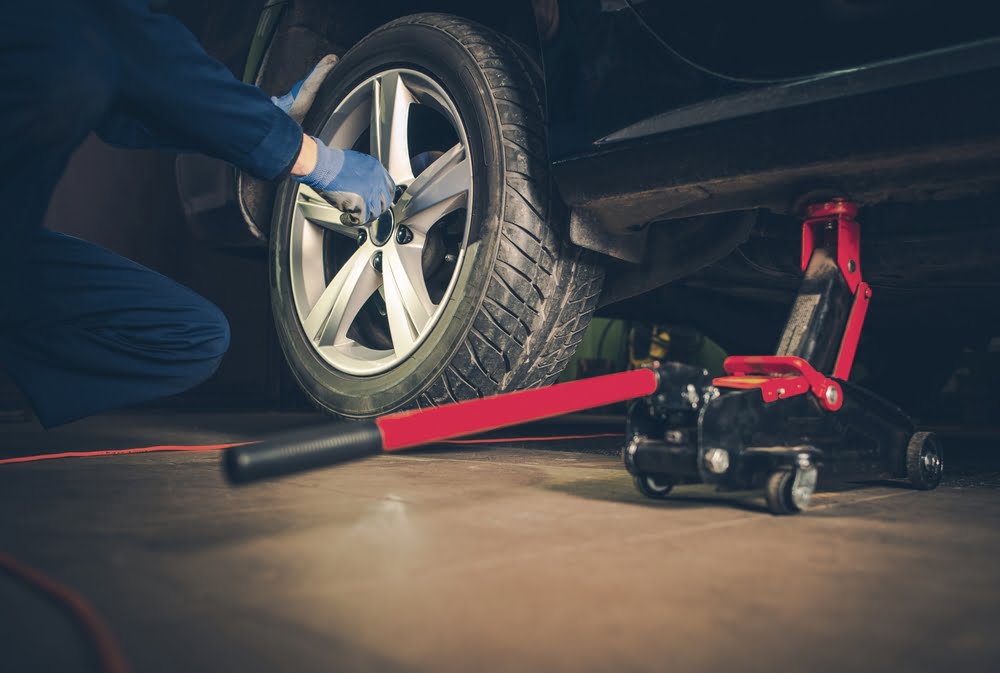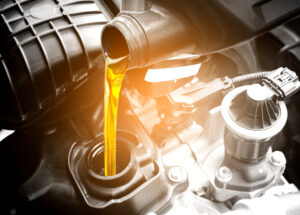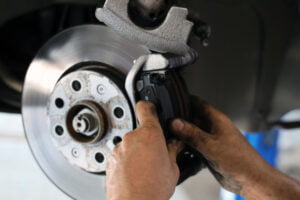While there are many areas of life where mixing and matching can be done without much or any risk, the realm of vehicle tires doesn’t quite qualify in this category. With certain rare exceptions, it’s generally not advisable to mix different tire types on the same vehicle — why is this, and what does this theme tell you about tires in general?
At Quarts & Lugnuts, we’re proud to offer Salt Lake’s best mobile tire repair shop in addition to our mobile oil and mobile brake services. We offer the industry’s top expertise and services, including assistance with themes like the kinds of tires to use on any vehicle. Let’s go over what we actually mean when we talk about “mixing” tires, why this isn’t advisable, and some similar terminology it pays to know.
Mixing, Matching and Staggering Tires
First and foremost, let’s ensure you have your terminology straight when discussing the realm of vehicle tires. Generally speaking, the advisable standard for vehicle tires is “matching” — but there are actually two sub-categories to consider here:
- True match: True matching tires are those that are either identical or nearly identical for all four vehicle positions. This includes factors like tread design, tire compound and other important elements. In short, they’re built the exact same way and meant to work together as a complete set.
- Staggered fittings: Some vehicles or tire manufacturers, on the other hand, will recommend staggered fittings. These refer to tires of the same brand, but with different sizes for the front and back axles. The front set may be narrower than the back, for example, or have a different tread pattern. The thinking behind this design is that it can provide better stability and handling without sacrificing too much in terms of tire quality or longevity. (However, it’s still technically considered “matching” since all four tires are from the same basic family)
As long as you’re following the recommended format, both of the above matching themes are acceptable. One format that’s typically not acceptable, however, is mixing tires.
When we talk about mixing tires, we’re referring to a scenario where two or more different brands, tread designs, compounds or other attributes are used on the same vehicle. You might have a set of all-terrain tires in the front and passenger side with slick road tires in the back, for example, or you might have one brand of winter tire on the front axle and another brand of summer tire on the rear.
In general it’s not a good idea to mix different tires on the same vehicle, with some very rare exceptions we’ll go over later. Here’s why:
Uneven Tread Wear Patterns
One of the most significant possible issues that can arise from mixing different tires is uneven tread wear. If the two sets of tires have significantly different tread designs, for example, they may not wear down at the same rate. The all-terrain tires in our first example might last 15,000 miles while the road tires only last 10,000 miles, for instance.
This issue is only compounded by different compounds and other tire attributes. Even if the tread designs are similar, different durability standards can lead to one set wearing down much faster than the other. The all-terrain tires might be able to handle more heat, for example, or they may have a thicker carcass that resists punctures better. In any case, this can lead to a situation where you have to replace two tires instead of just one.
Different Tires Handle Differently
Another significant issue that comes up with mismatched tires is different handling characteristics. This is most pronounced with front and rear axle tires, as they typically have different roles — but it can also come into play with side-by-side tires on the same axle.
All-terrain tires, for example, are designed to handle a variety of different road conditions including mud, sand, rocks and more. They typically have large tread blocks, deep tread depths and other design elements that make them great at grabbing traction in off-road situations. Road tires, on the other hand, are designed for pavement and other smooth surfaces. They have shallower tread depths, smaller tread blocks and other design elements that make them more aerodynamic and better at handling on dry roads.
If you mix these two types of tires on the same vehicle, you’re going to get a jarring difference in how they handle different road conditions. This can lead to safety issues as well as decreased performance, fuel economy and other problems.
Creating Performance Issues
Car tires are meant to work together as a system to provide the best possible performance for the vehicle as a whole. This is why most vehicles come with tire pressure monitoring systems, for example, which keep an eye on all four tires and make sure they’re inflated to the correct level.
When tires are mixed and matched, this system can be thrown off balance. You might have one set of tires that’s over-inflated and another that’s under-inflated, for example, which can lead to decreased performance as well as increased wear and tear. In many cases, this leads to earlier tire changes and more repairs than would have otherwise been necessary.
When It’s Okay to Mix Tires
There are some rare situations where it’s okay to mix tires, including:
- Identical pairs on the same axle: As long as the two tires on an axle are identical in terms of brand, model, size, compound and other attributes, it’s usually okay to mix them. This is often seen with winter tires, which may be swapped out for summer tires and vice versa as the seasons change.
- Emergency situations: If you have a flat tire or another emergency and need to replace a tire, it’s usually okay to put on a different brand or model as long as it’s the same size. You should only do this temporarily, however, until you can get an identical replacement.
- Higher-rated tires: In some cases, it’s okay to mix different tires if the ones you’re adding are rated higher in terms of load capacity, speed rating and other attributes. This is usually only seen with heavy-duty trucks and other commercial vehicles, however.
As you can see, there are some situations where it’s okay to mix tires — but in most cases, it’s best to avoid doing so. If you need to replace one or more tires on your vehicle, it’s always best to get an identical match in terms of brand, model, size, compound and other attributes.
For more on this, or to learn about any of our quality mobile tire, brake or oil services in SLC, speak to the team at Quarts & Lugnuts today.


